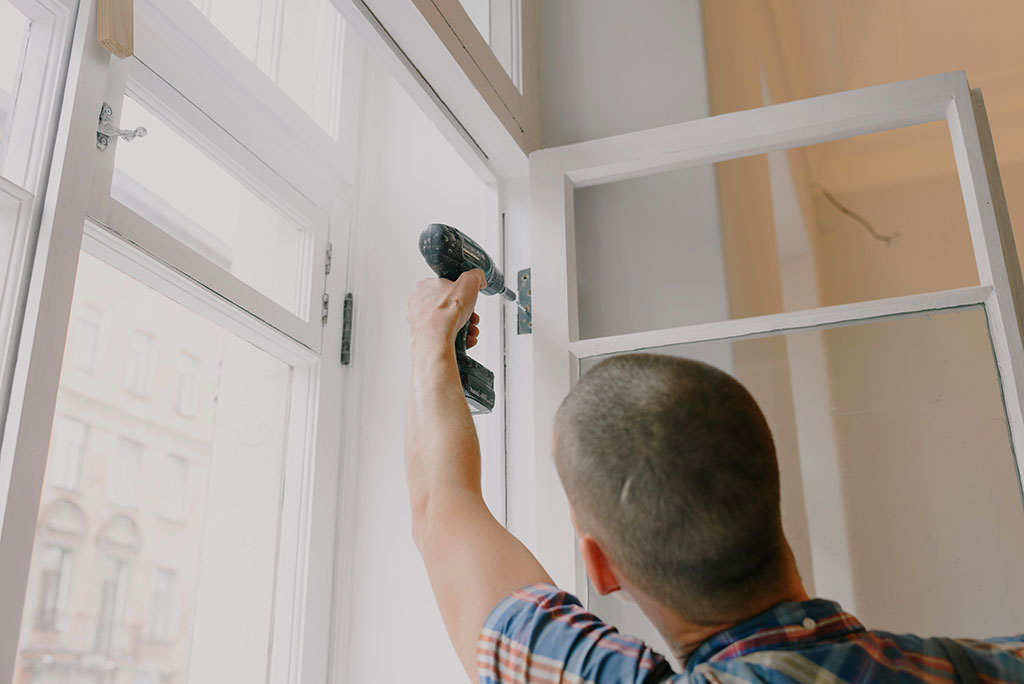A well-structured home requires numerous fundamental elements, one of which includes windows. They play an essential role in creating a comfortable and aesthetic living environment, contributing to the ventilation, light infiltration, and architectural character of your house. Given the importance of windows, homeowners often find themselves asking the question: “How long do home windows typically last?” and “How can I tell when they need replacement?”
Typically, the lifespan of a home window depends on its type, material, quality, and the conditions it is exposed to. However, most windows are designed to last between 15 to 20 years. Some high-quality windows may last up to 30 years or more, given they’re well-maintained and installed in a favorable environment.
Several types of windows, constructed from various materials, are available in the market, each with its unique lifespan. For instance, aluminum or vinyl windows tend to last 15 to 20 years, while fiberglass windows can serve effectively for up to 30 years. Wood windows have a longer lifespan, usually between 20 to 30 years, but require regular maintenance to prevent decay and other forms of damage.
Despite these general figures, several factors can influence the lifespan of your windows. These include the local climate and weather, frequency and quality of maintenance, the quality of installation, and even the direction your windows face (north-facing windows often last longer than those facing south due to less exposure to harsh sunlight).
Understanding the typical lifespan of windows is vital, but recognizing when they need replacement is equally essential. Here are some indicators that suggest your windows may need replacement:
- Drafts: If you feel drafts around your closed windows, this is a clear sign they may need replacement. Over time, windows can lose their insulation properties, leading to gaps that allow air to seep in or out. This not only causes discomfort but can significantly increase your energy costs.
- Difficulty in Operation: Windows should open and close smoothly. If you struggle to operate your windows, or they get stuck, it might be a sign that they are worn out and need replacement.
- Condensation: While some condensation on windows can be normal, especially in humid conditions, condensation between double or triple glazed windows indicates a broken seal. Such a scenario necessitates window replacement as the insulation is compromised.
- Visible Damage: This might seem obvious, but visible damage such as warping, rotting, chipping, or cracking is a clear indicator that your window needs replacement. Small issues may be repairable, but extensive damage often requires a full window replacement.
- Noise Pollution: Modern windows are designed to insulate against noise in addition to weather. If you start noticing more outdoor noise inside your home, it might be because your windows are deteriorating.
- Increased Energy Bills: If your energy bills are rising without any significant changes in your usage or rates, your windows could be the culprit. As windows age, they can become less energy-efficient, leading to heat loss in the winter and heat gain in the summer, causing your HVAC system to work harder.
- Outdated Design: Sometimes, the need to replace windows isn’t due to functionality issues but aesthetic ones. If your windows are outdated and don’t match your home’s architecture or style, replacing them can give your house a much-needed facelift.
Regular maintenance can extend your windows’ lifespan and ensure they continue to function efficiently. This can include routine cleaning, prompt repair of minor damages, repainting or sealing wooden windows, and ensuring that the moving parts are adequately lubricated.
In conclusion, while the average lifespan of home windows is 15 to 30 years, several factors can influence this, including the type and quality of the windows, the local climate, and the frequency of maintenance. Recognizing signs of window failure, such as drafts, difficulty in operation, condensation, visible damage, increased noise pollution, or rising energy bills, can help homeowners determine when it’s time to replace their windows. Regular maintenance, combined with a keen awareness of these signs, will ensure that your windows serve you well for as long as possible.
No matter what the season, the A&A Roofing & Exteriors team is here for you. Our team has experience working across all seasons in the Midwest climate and is able to get the job done at any time of the year.
Give A&A Roofing & Exteriors a call today at (402) 719-2380 or request a FREE inspection or estimate online for your home windows, siding or roof repairs now.



